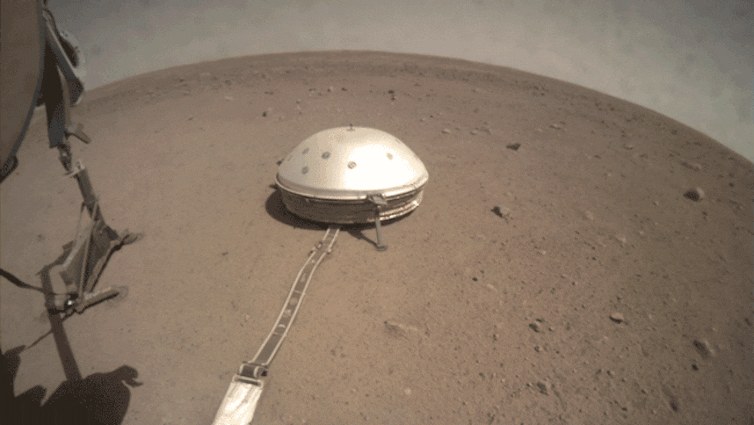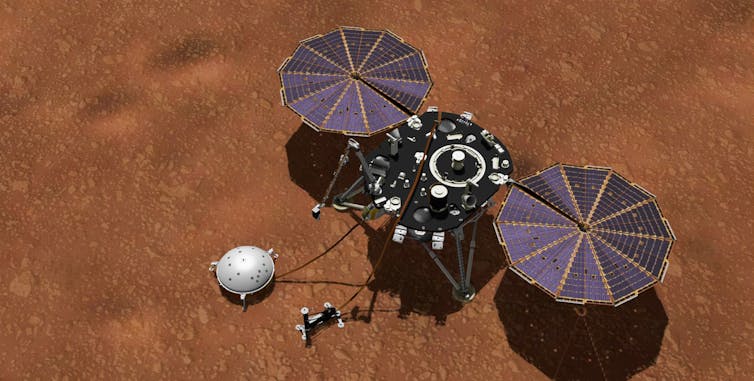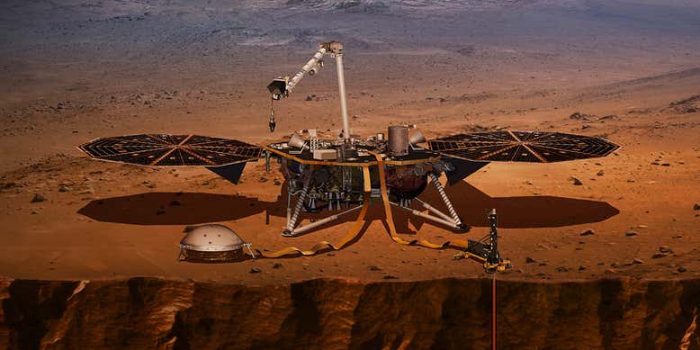The quest for unusual signs and indications of life on the planet, Mars has been going on for a significant amount of time now. The recent detection of Mars’s three most powerful quakes known as of now by NASA’s Mars InSight lander has created a spur in the space industry.
On 25 August, InSight sensed two quakes, at magnitude 4.1 and 4.2. On 18 September another quake of magnitude 4.2 was detected.
“Even after more than two years, Mars seems to have given us something new with these two quakes, which have unique characteristics,” said planetary geophysicist Bruce Banerdt of NASA’s Jet Propulsion Laboratory.

InSight lander has been on the surface of Mars since 2018 to detect any developments of this sort. Ever since then, valuable pieces of information have been coming in from the source.
At first, direct detection of marsquakes was discovered. It was a breakthrough because, before that, Mars had been considered geologically dead. When acoustic waves bounce around inside Mars and travel through materials of different densities, the resulting signals can be analyzed to determine the nature and location of those materials. This is how scientists map Earth’s interior as well. This is what helped the researchers say that Mars has a larger-than-expected, low-density liquid core.
Owing to the recent quakes, it is determined that the region was tectonically and volcanically active recently, i.e., within the last 10 million years. Another region, – Valles Marineris was seen to be showing signs of volcanic activity. It is a massive canyon system that gouges a 4,000-kilometer path across the face of Mars. The center of this system is 9,700 kilometers from InSight.

InSight experienced some issues with its burrowing instrument, the Mole, that helped it monitor heat flow. The Mole was pronounced dead earlier this year. It also went through power issues as the solar panels were covered in dust. However, it was astutely fixed by the scientists by trickling sand towards the panel on a windy day. The bigger particles got rid of the smaller ones.
“If we hadn’t acted quickly earlier this year, we might have missed out on some great science,” Banerdt said.


